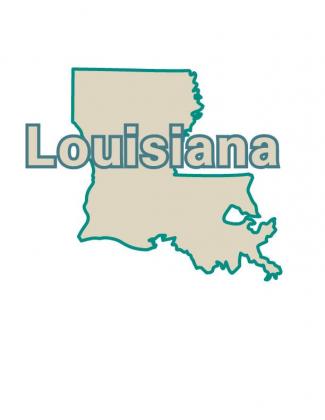
Jim Bradshaw
In the early 1970s, when I was a young reporter, I began to compile a card file of the named places of south Louisiana. It was a handy reference when I had to write about one of the places on quick notice — a fire or tornado, visit by a politician, or some other unfortunate incident usually being the cause. As I traveled here and there, I began to include notations such as “old steamboat stop” or “big lumber mill” or whatever, along with notes about people I might contact when I needed information.
In the half century since then, I have had occasion to travel to, or at least through, practically every community between the Sabine and Atchafalaya rivers and south of what I call the “boudin belt,” an imaginary line that is the boundary between north and south Louisiana. Every place I’ve visited has meant a new index card in the file, or a new notation on an old one.
The file grew like Topsy during the late 1990s, when I began a series of monthly supplements for the Lafayette Advertiser on the history of Acadiana. During that time, photographer P. C. Piazza and I followed every road we could find in south Louisiana, in search of places named on old maps that by then usually held only the remains of an old store, or sometimes not even that.
Our general plan in those travels was to find a house that looked like it might be occupied by someone of a particular age, knock on the door, and ask if anybody there might remember where Such and Such was.
It was one of the most rewarding experiences of my life. Invariably we were invited in and given fresh coffee and home-baked cookies to occupy ourselves while our new friend searched for an old scrapbook or a box of old photos, or some other remembrance.
One farmer loaded us on his tractor and hauled us into the middle of a field to show us bricks that were the remains of an old post office. He said he’d been plowing around the bricks for 40 years. Why didn’t he just plow them up? “Well, then they’d be gone,” he said.
There’s a lesson in there somewhere.
With the help of these guides, we found lots of old places — and picked up some tips that helped find others. For example, if you’re looking for an old homesite on the prairie, it might be useful to look for a row of chinaball trees. These were planted near the house because they grew quickly and provided both a windbreak and a source of firewood on the treeless prairie. If you want to know where the front porch was, look for a big cedar tree. These were planted near the porches for shade, but also because they supposedly helped to keep mosquitoes away.
The file got another boost when I began writing a daily column about our history and culture that evolved into a community conversation, a sort of an oral history. Readers asked or answered questions, expanded on my comments and researches, never failed to correct my errors, sometimes argued back-and-forth over which remembrance was the correct one, and provided valuable fodder for the Named Places File.
The file is still growing. As I read old newspapers or letters or journals for one project or another, I still find names of old places, or, more often, old names that current places once went by.
I’ve thought about compiling the notes into a book, but the file has grown so bulky that, first, it would be a huge job to properly edit and annotate it, and, second, it would be bigger than most publishers would want to tackle. The A’s alone take up 50 typewritten pages and the whole thing — from Abbeville to Yont-Lee (old Jefferson Davis railroad stop between Lacassine and Mermentau) — takes up 700 pages. (There are no “Z” names that I know about.)
I do have some favorites. West Ogle, an early name for the Vermilion Parish community that became Cossinade, makes me think of someone ogling the passing parade. As far as I know, there was never an East Ogle, or even just plain Ogle. Lifenite was a railroad stop between Jeanerette and New Iberia that I am told was named for a fertilizer plant. I always think that someone should build a dance hall there and change the name to Nitelife.
Stump (Vermilion Parish) makes me wonder if there was ever a Tree. Tucky Hammock in the St. Mary Parish wetlands sounds like a nice place to loll away a summer day. (There’s also a Wetfoot Hammock, but that doesn’t sound nearly as inviting.)
And then there is Point No Point, a sliver of land reaching into East Cote Blanche Bay in St. Mary. I can’t decide whether it got its name because it is so small that it really isn’t a point at all, or whether it is big enough to qualify as an actual point, but still so small there was no point in giving it a name.
A collection of Jim Bradshaw’s columns, Cajuns and Other Characters, is now available from Pelican Publishing. You can contact him at jimbradshaw4321@gmail.com or P.O. Box 1121, Washington LA 70589.
